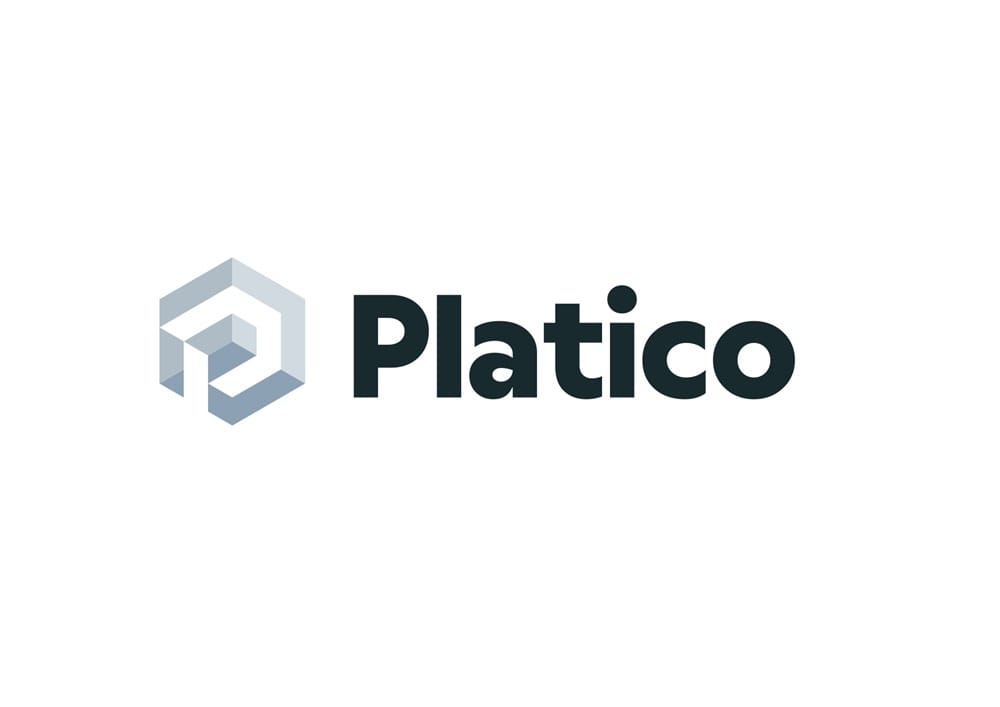
How much does YouTube pay?
In the ever-evolving landscape of online content creation, YouTube stands out as a powerhouse, providing a platform for millions to share their creativity, knowledge, and entertainment. One burning question that often crosses the minds of aspiring YouTubers is, “How much does YouTube pay?” In this article, we’ll delve into the intricacies of YouTube’s payment system, exploring the factors that influence earnings and shedding light on the strategies content creators can employ to maximize their revenue.
Understanding YouTube revenue streams
YouTube offers multiple revenue streams for content creators, and the primary source of income is through the YouTube Partner Program (YPP). To qualify for the YPP, creators must adhere to the platform’s eligibility criteria, including having at least 1,000 subscribers and 4,000 watch hours in the last 12 months. Once accepted, creators can monetize their videos through various channels.
Ad revenue
The most common way YouTubers earn money is through ad revenue. YouTube displays ads on videos, and creators receive a share of the revenue generated from these ads. The amount varies based on factors like the viewer’s location, the ad format, and the audience’s engagement with the ad.
CPM rates
CPM (Cost Per Mille) is a crucial metric that determines how much advertisers pay per thousand views of their ads. YouTube creators earn a share of this amount. While CPM rates can fluctuate, they generally range from $0.25 to $4.00. Factors influencing CPM include the niche of the content, the audience’s demographics, and the time of year.
YouTube premium revenue
YouTube Premium subscribers pay a monthly fee for an ad-free experience, among other perks. Creators receive a share of the revenue generated from YouTube Premium subscribers who watch their content. This can be an additional income stream for creators with a dedicated audience.
Super chat and channel memberships
Live streaming on YouTube opens up opportunities for additional income through features like Super Chat and Channel Memberships. Super Chat allows viewers to pay for highlighted messages during live streams, while Channel Memberships offer exclusive perks to subscribers who pay a monthly fee.
Sponsored content and affiliate marketing
Beyond YouTube’s native monetization features, many creators earn income through sponsored content and affiliate marketing. Brands often collaborate with YouTubers to promote their products or services, providing an extra source of revenue.
In conclusion, the amount a YouTuber earns is influenced by a myriad of factors, and there is no one-size-fits-all answer to the question, “How much does YouTube pay?” Content creators can enhance their earnings by creating high-quality, engaging content, diversifying revenue streams, and actively engaging with their audience. As YouTube continues to evolve, staying informed about the platform’s policies and exploring innovative monetization strategies will be key to unlocking the full potential of this dynamic online ecosystem.


